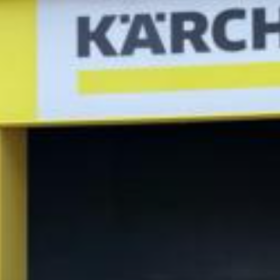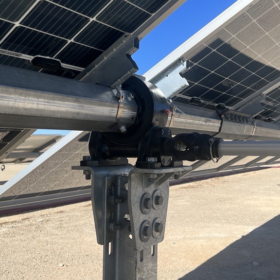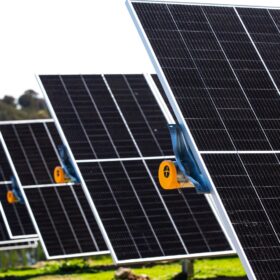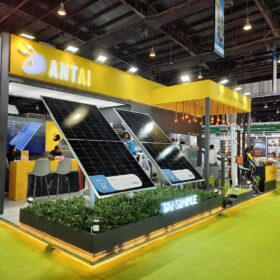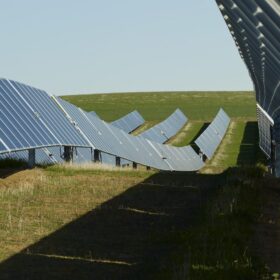TrinaTracker establishes 3 GW factory in Saudi Arabia
The facility will manufacture TrinaTracker’s Vanguard series of solar trackers and smart control systems. Commercial operation is set to begin during the first quarter of this year.
Kärcher to deepen presence in Indian market with tailored cleaning solutions
Kärcher India, the Indian arm of Germany-based cleaning technology company Kärcher, is eyeing the growing demand from large-scale commercial and industrial solar installations in India and also looking to tailor its solutions for residential rooftop solar installations.
Nextracker introduces solar mount foundation services for soil types ‘anywhere’
The solar tracking provider introduced NX Anchor, further expanding the types of soil and areas that solar installers can develop on.
GameChange Solar, JZNEE to build 3 GW tracker factory in Saudi Arabia
GameChange Solar, a US-based tracker supplier, has announced the construction of a 3 GW tracker factory in Saudi Arabia, with plans for potential expansion to 5 GW in the future.
L&T selects PVH trackers for 1 GW of solar project in Saudi Arabia
PV Hardware (PVH) will supply solar trackers for a 1 GW PV project at Ar Rass 2 Solar PV Park in Saudi Arabia. The project is being developed by ACWA Power with Larsen & Toubro (L&T) as EPC contractor.
How to convert PV plants with dual-axis trackers into agrivoltaic facilities
A Spanish group of researchers has investigated how much agricultural production may be hosted by existing ground-mounted PV plants using dual-axis trackers. They outlined a new methodology that reportedly enables to quantify how much space around and beneath the panels can be uses for agricultural purposes.
Sterling & Wilson Renewable Energy selects Nextracker for around 2 GW of solar projects in India
Nextracker will supply its NX Horizon bifacial trackers for 1.5 GW DC and 375 MW DC projects at NTPC Renewable Energy Ltd’s solar park in Khavda, Gujarat. These projects are being executed by Sterling & Wilson Renewable Energy on EPC basis.
Antaisolar secures 35.757 MWp solar tracking contract with L&T
Antaisolar announced it would supply 35.757 MWp solar tracking systems to Indian multinational EPC major Larsen & Toubro.
Arctech surpasses 6.2 GW of solar tracker installation in India
Arctech manufactures solar trackers in India through its joint venture Jash Energy, which has an annual manufacturing capacity of 3 GW.
Nextracker contracts for 10 GW of annual manufacturing capacity in India
The US-based solar tracker specialist, which manufactures in India in collaboration with local partners, has achieved 10 GW per annum of manufacturing capacity in India. The company has over 5 GW of systems under fulfilment or operational.
